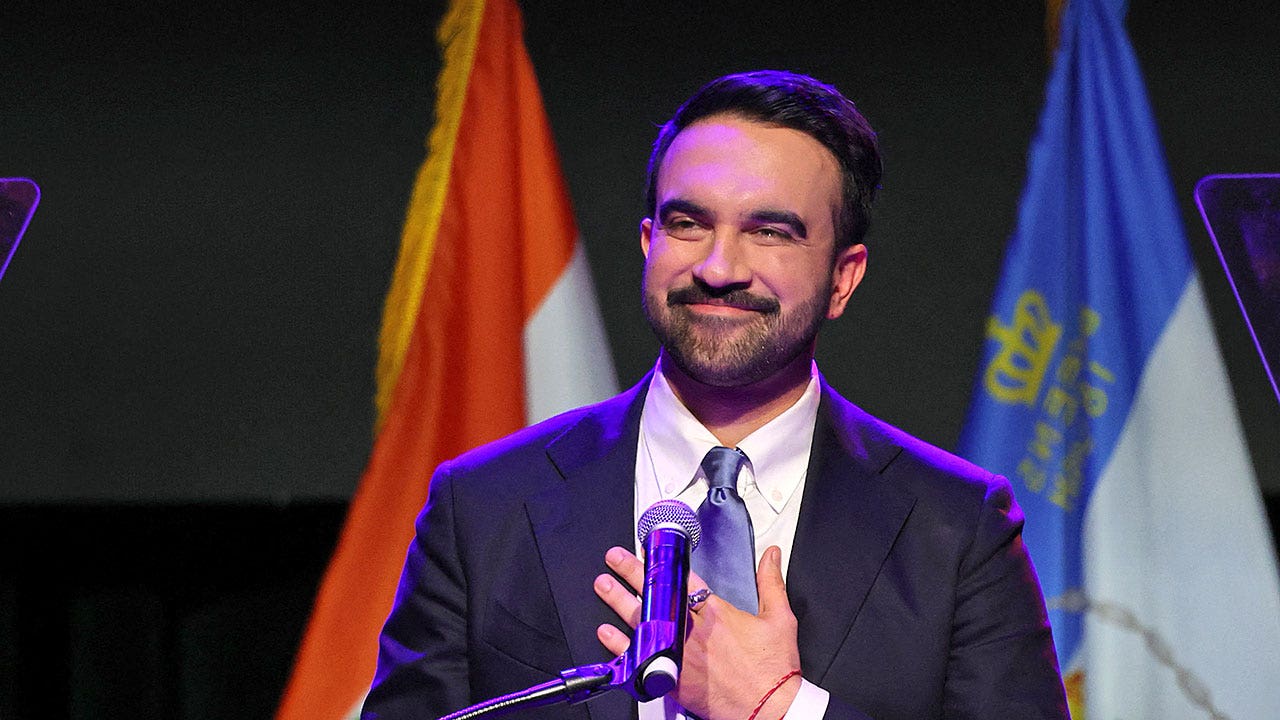Copyright thehindubusinessline

In the past five years, India has seen distinct business cycles — a -5.8 per cent GDP contraction in FY21, a strong 9.2 per cent rebound in FY22–FY23, and a moderation to about 6.5 per cent in FY25. Driven by shifts in inflation, interest rates, and fiscal policies, these transitions have put business cycle funds—which aim to capitalise on such phases—under scrutiny to see if their tactical portfolio rotations have truly delivered results. Business cycle mutual funds aim to capture opportunities across different stages of the economic cycle—recession, recovery, expansion, and slowdown—by dynamically rotating their portfolios in response to changing macroeconomic conditions. The category has gained notable traction in the past two years, with about 12 new launches taking the total to 18 funds, collectively managing assets of around ₹37,815 crore. This review evaluates how well these funds positioned their portfolios across sectors and themes, and whether such tactical shifts have translated into superior performance. Given their relatively short track record, the study focuses on their one-year and three-year returns and portfolio trends. How they invest These funds follow a top-down, macro-driven investment approach, realigning sectoral weights as the economic cycle evolves. Beyond tracking headline macro indicators, each fund uses specific data points to gauge where the economy stands within the cycle. For instance, the ICICI Prudential Business Cycle Fund monitors parameters like power demand, cement consumption, automobile and two-wheeler sales, and housing activity—offering tangible insights into real economic activity. In contrast, the Motilal Oswal Business Cycle Fund focuses on sectoral CapEx and capital deployment trends, assessing investment intensity and utilization levels to identify cyclical turning points across industries. One-year performance Overall, the performance has been a mixed bag. Returns across funds have varied sharply over the past year—from gains of 15 per cent to losses of 11 per cent. The top performers were Motilal Oswal Business Cycle (15 per cent), ICICI Prudential Business Cycle (11 per cent), and Kotak Business Cycle (7 per cent). At the other end, Quant Business Cycle (-11 per cent), Bank of India Business Cycle (-5 per cent), and Edelweiss Business Cycle (-5 per cent) trailed the pack. As a category, business cycle funds collectively delivered -0.5 per cent, compared to 1 per cent from the flexi-cap category and 3 per cent from the Nifty 500 TRI during the same period. Following a strong rally, the domestic equity market began correcting in September 2024. Over the past year, markets were shaped by multiple factors—global uncertainty stemming from U.S. trade tariff concerns, evolving liquidity conditions, and a shift in government policy towards consumption-driven demand as highlighted in the Union Budget. With easier monetary conditions and improved credit flow, many fund managers raised exposure to financials, anticipating a revival in credit growth and asset quality. Allocations to consumption-oriented sectors also increased, factoring in personal income tax cuts and improving household spending prospects. Motilal Oswal Business Cycle Fund, the top performer, benefited from timely shifts into manufacturing, consumption-focused, and financial themes. Stocks such as Shaily Engineering Plastics, Polycab India, Eternal, One97 Communications, and Healthcare Global Enterprises were key contributors. The fund avoided exposure to infrastructure, commodities, oil & gas, cement, and steel. The fund manager remains optimistic on financials (driven by improving liquidity), IT (expected to recover after a long correction), and urban discretionary consumption. Current overweight positions include IT, consumer durables, industrial products, and retailing. In contrast, Quant Business Cycle Fund, the bottom performer, initially held higher exposure to defensive segments like FMCG and healthcare, before pivoting to cyclical sectors such as industrials, auto components, and construction. However, higher concentration and small-cap exposure hurt returns. Weak performers included Strides Pharma Science, HFCL, Brooks Laboratories, and Alivus Life Sciences. The fund’s top current allocations are in pharma, finance, and power. 3-year performance Six funds with over three years of history delivered annualised returns between 13.4 per cent and 22.1 per cent. As a category, business cycle funds generated 17.6 per cent, outperforming the flexi-cap category (15.8 per cent) and the Nifty 500 TRI (16 per cent). ICICI Prudential Business Cycle Fund topped the three-year charts. Since its launch in January 2021, the fund has dynamically shifted exposure — from pharma and IT during the Covid slowdown to metals, real estate, and infrastructure during recovery phases. Recently, it has increased cyclical exposure, trimming defensives such as pharma and IT while reallocating to industrials and capital goods. It remains overweight in banks and automobiles, consistent with its positive economic outlook. At the other end, the Aditya Birla Sun Life Business Cycle Fund was the laggard with 13.4 per cent annualised returns. In September 2022, its portfolio was dominated by banks, automobiles and capital goods. Over time, it increased exposure to auto ancillaries, IT, and financials. By September 2025, its top sectoral exposures included banks, automobiles, IT, finance, and healthcare, showing a gradual shift toward growth-oriented and technology themes. Current bets Over the past quarter, most business cycle funds increased allocations to automobiles, healthcare services, power, FMCG, and chemicals & petrochemicals, reflecting a tilt toward recovery and domestic consumption themes. As of September 2025, the top three sectoral exposures across the category were banks, automobiles, and industrial products, underscoring continued confidence in financials and manufacturing. Among the new additions, funds bought into Anthem Biosciences, Aditya Infotech, Maruti Suzuki India, Urban Company, and Amber Enterprises India. The top five holdings across portfolios were Bharti Airtel, ICICI Bank, HDFC Bank, Reliance Industries, and Eternal. The analysis shows not all business cycle funds succeed in reading the economic cycle accurately. Their success largely depends on timely sector rotation and macro interpretation — both challenging to execute consistently. While a few standout funds have managed to outperform broad market indices like the Nifty 500 TRI, most have not delivered superior results as a category. Given their tactical nature, investing in such thematic funds requires evaluating a fund’s track record, consistency, and fund manager’s macro skill, rather than simply chasing the latest theme or recent performance. Else, regular flexicap funds with a proven long-term track record may better serve investors’ needs, offering diversified exposure and steady performance without relying on precise macroeconomic timing. Published on November 8, 2025



